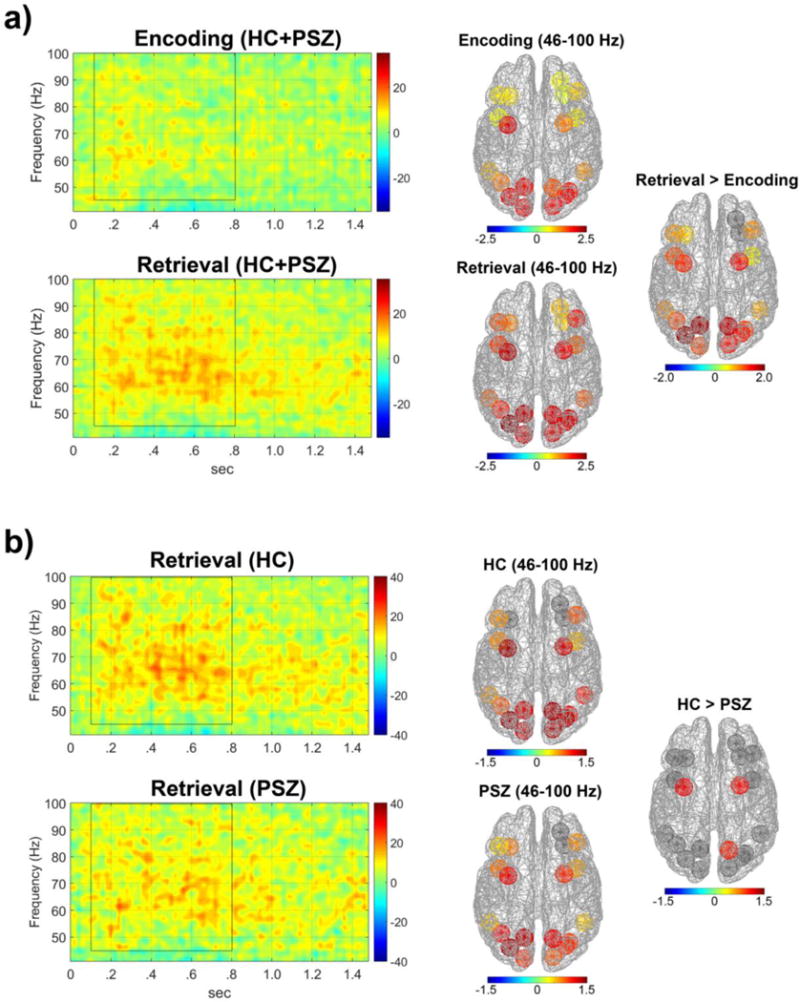Figure 5. Gamma frequency activity during encoding and retrieval of material from working memory.

Panels depict TF energy of high frequency (gamma) cortical oscillatory energy in WM-related cortical regions. a) TF energy of gamma (γ) oscillations during encoding (model object) and retrieval (partial copy of model object) for PSZ and HC groups averaged across all 19 ROIs and all conditions. The energy of γ frequencies was quantified as percent change in activity within windows of 46–100 Hz and 100–800ms (marked by black rectangular outline) relative to a −500 to 0ms pre-stimulus period . Cortical regions (right) showing significant increases in γ activity depicted in terms of Cohen’s d effect sizes for within group differences during encoding and retrieval (dM) and between encoding and retrieval phases (dP). The γ oscillatory energy was larger during retrieval than in the encoding period, and was most evident in bilateral posterior parietal cortex (PPC), premotor cortex (PMC), as well as dorsal visual ROIs. b) TF energy of γ oscillations during retrieval of material from WM in HCs (top) and PSZ (bottom) measured by percent change from the prestimulus baseline and averaged across all 19 ROIs and all conditions. PSZ had diminished γ energy in the bilateral PMC and the right PPC on retrieval of information from WM.
